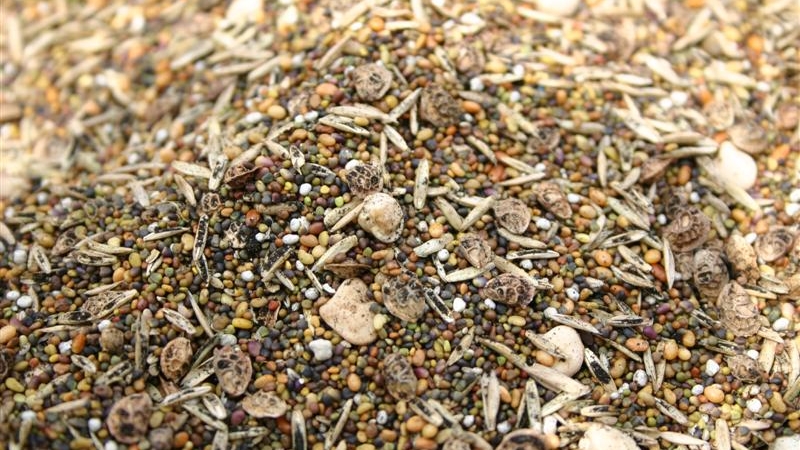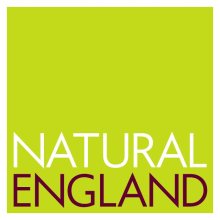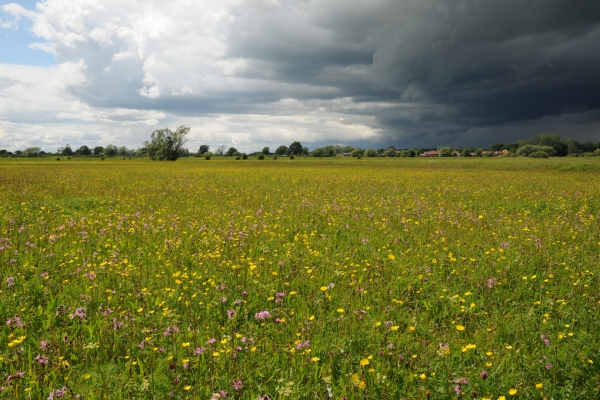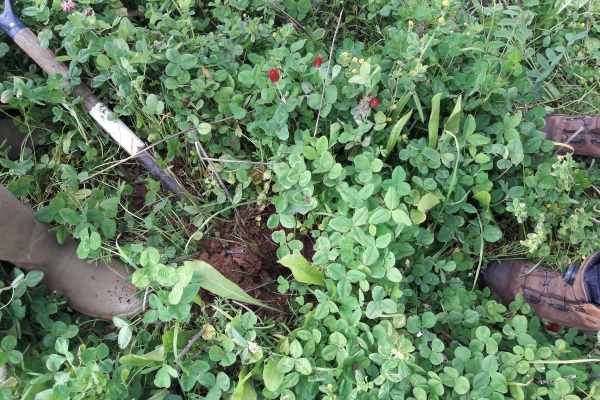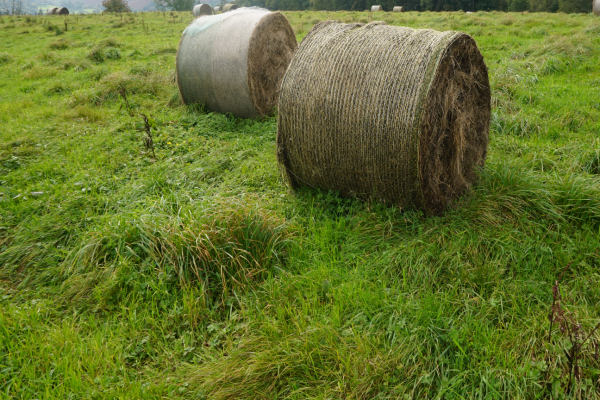Seed sources for grassland restoration
Natural England Technical Information Note: TIN038
Resource explained
Wildflower and grass seed is used widely in agri-environment schemes. The three main sources of seed are natural regeneration and colonisation, directly harvested mixtures (including green hay), and field cropped seed.
This note provides information relevant to selecting the most appropriate source for specific sites and situations. Links are provided to the voluntary Code of Practice for growers and suppliers of native flora, and information on seed marketing regulations.
Findings & recommendations
- Wildflower seed used for the restoration or re-creation of species-rich grassland should be British native origin.
- Commercial seed of certified agricultural or amenity grass and legume varieties may be used in specific circumstances.
- Natural regeneration and colonisation should always be considered, but is only likely to work well in a few specific circumstances.
- Directly harvested seed is seed collected from a donor site, e.g. by brush or combine. It allows selection of seed from a site that closely matches the receptor site. However it requires specialist machinery and potentially repeated harvesting events.
- Green hay is a related method and has the advantages of not requiring specialist machinery and using fresh seed.
- Field cropped seed is the main method used by the commercial seed industry. It allows selection of a precise seed mix, but there is generally a restricted range of species available, and some are very expensive.
- The marketing of certain seed species (including some grasses and legumes) is regulated. Sowing agricultural or amenity varieties may prejudice use of the sown areas as donor sites for further restoration. Uncertified seed may be sold in mixtures for the restoration and re-creation of semi-natural habitats, but suppliers must register with Defra.
Related articles
Practical tips on ways of increasing the diversity of wild flowers in your swards, with guidance on selecting the right method.
Practical guidance to help you assess suitability of using green hay as a sward enhancement method and best management techniques to apply.
Herbal leys with a diverse range of species can help resolve soil fertility problems, making forage legume mixtures hard to resist.
The potential benefits of growing diverse pasture swards and mob grazing for cattle within low-input and organic dairy systems.
Interesting research insights from Rothamsted Research based on a long-term grazing experiment that compares set-stocking with cell grazing
This is part 1 and 2 of a collaborative 2-part series of virtual events exploring establishment, management, soil health, grazing and ensiling in relation to...
Case study and video produced as part of the GREAT (Gloucestershire Regenerative Environment and Agriculture Transition) Project.
